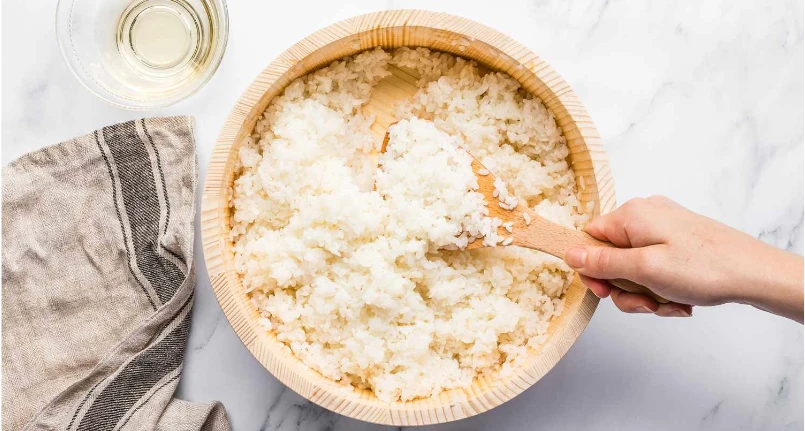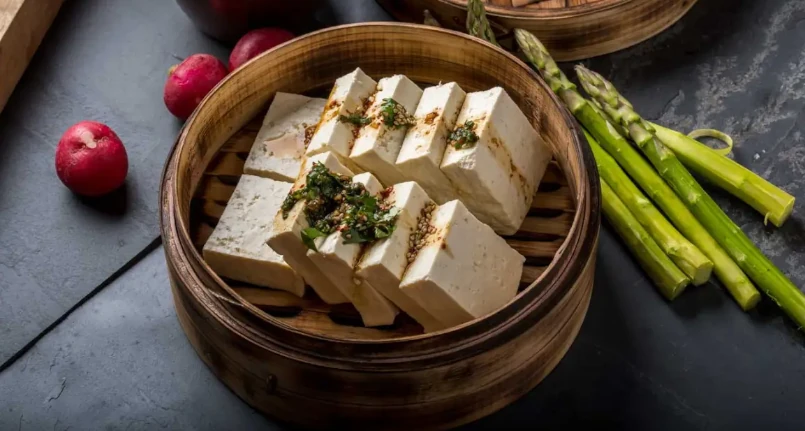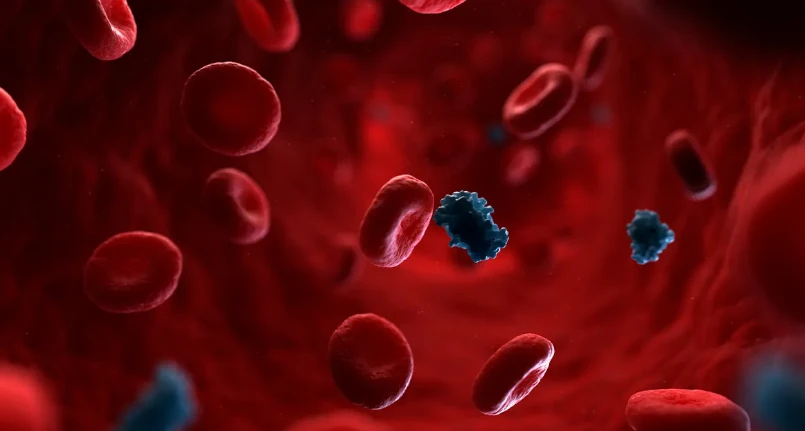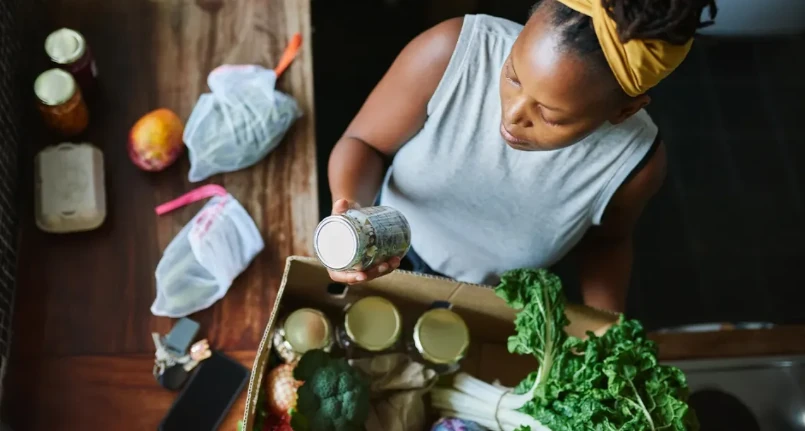Introduction
There are different ways of preparing rice (boiled, risotto, in broth, baked…) and there is always a heated debate about whether to rinse the rice before cooking it . It is the staple food worldwide, and is eaten by people in more than 100 countries. There are so many varieties: it is estimated that there are at least 40,000 all over the world. A nutritional theory would have it that the grains should be rinsed before cooking. Not in all cases, however: some types of rice, especially for preparing risotto, should never be washed.
Rinse rice before cooking: advantages
- Remove debris and dirt
- Eliminates heavy metals and pollutants
- Enhance the taste
- Reduces the presence of starch
Types of rice to rinse
- Basmati
- Thai
- Black rice
- Red rice
- Sushi rice
Types of rice not to rinse
- Carnaroli
- Arborio
- Rome
- Dwarf avenue
Why rinse rice before cooking it
One of the benefits of rinsing the rice under cold water, and then draining it, before cooking, is to remove any contaminants and heavy metals . The main reason some nutritionists and doctors urge rice rinsing is because it may be particularly laden with arsenic, lead and cadmium, all of which pose serious health risks to humans.
Contaminants enter the rice plants from polluted groundwater that floods the rice paddies, so the main benefit of rice rinsing is the reduction of the risk of heavy metal toxicity. The likelihood of experiencing heavy metal toxicity from consuming rice is objectively quite low. However, if there is even the slightest amount of toxicity in the grains, it would be dangerous to the health of young children.
Which rice needs to be washed?
It is used to wash the rice before cooking it for the preparation of oriental recipes. So they went to wash the rice: basmati, jasmine rice, Thai rice, red and black rice . Do not wash rice suitable for risotto, such as carnaroli, roma and arborio.
Remove dirt and debris
Washing dirt and debris off the grains is a good healthy practice. Similarly, when you buy a lettuce plant at the grocery store, don’t eat it without giving it a quick rinse. For the same reasons, it would be better to rinse the rice as well. In fact, it could be covered with earth, insects and other impurities . Rinsing the rice removes substances that are certainly not welcome in the dish such as: dirt, dust, debris, chemicals and insects. In this sense, cereals are particularly prone to contamination by rice weevils (also known as grain beetles).
They are small insects that can infest food and make it go bad faster. If bugs are found in the rice, there’s a good chance the infestation could or has spread to the rest of the grains. There is a significant possibility that the rice could collect dust or be contaminated by small insects, so the advice is always to wash it before cooking. It should be remembered that insects are not toxic to humans, but parasites can easily spread to other foods and contaminate them.
When to wash rice
The rice must be washed when preparing, for example, sushi , basmati rice or pilaf for oriental recipes, cold salads , timbales or sautéed rice. It is never washed when cooking risotto as it would lose too much starch to obtain a creamy and tasty result . In the latter case, the grains must not be separated but well blended.
Better taste
It can improve the taste and texture of rice if it is rinsed before adding to the pot. Rice is a rich source of starch, which can lead to dense, chewy textures when cooked. To avoid this, it is recommended that you rinse the rice for the best taste and texture. The starch in rice causes the grains to become sticky, resulting in a fluffier texture and better flavor when rinsed .
Disadvantages
There are potential drawbacks to rinsing the rice, however:
- You May Sacrifice Some Nutrients : When you rinse off the heavy metals in the rice, you may also be stripping away some of the beneficial nutrients. The rice rinse washes away some of the iron, folate, thiamin and niacin, but also B vitamins including folic acid, which are water soluble.
- Can lead to a mushy texture : Gummy rice isn’t always pleasant on the palate. If you are making risotto, arborio rice, congee, porridge or rice pudding where the rice should be creamy, washing and rinsing the rice or grain can make it mushy.
How to wash rice
To rinse the rice, simply place it in a bowl of cold water that covers it entirely, and move the grains with your hands . Drain the rice with a fine-mesh strainer and continue washing it under running water until it is clear .




